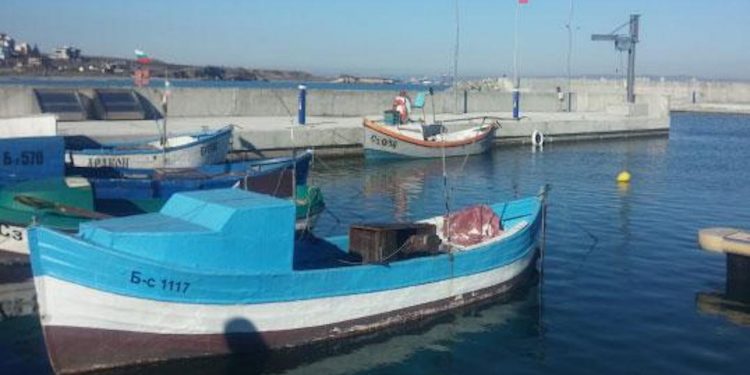The Kraimorie district in Burgas, Bulgaria, a community of only 851, is known for its long tradition in fishing and fish farming.
This is one of those communities struggling to preserve its identity through upholding and developing their centuries’ old livelihoods and tradecraft. Meanwhile, climate change is also making its mark in Kraimorie, as the coastline on which it depends is suffering from landslip and erosions, caused by progressively more severe storms and flooding.
In recent years, thanks to support from the European Union, both of these issues have been addressed.
At the heart of the solution is a covered boat shelter, constructed with supported from the European Maritime and Fisheries Fund (EMFF).
The shelter is the first of its kind in Bulgaria. The immediate purpose of the shelter is to improve the safety and working conditions for the local small-scale coastal fishing operations, but it has been constructed in such a way as to protect the coastline from erosion.
The shelter has capacity for 54 boats, with ten berths for vessels of 9–12m, 16 berths for vessels of 6–9m, and 28 berths for vessels up to 6m. It includes northern and southern enclosures and an area with service facilities and a checkpoint.
Research was conducted to identify the best location. Ideally situated between the fishing communities of Kraimorie, Chengene Skele and Pobed, it allows for serving the largest possible number of users, and between 50-60 fishermen are currently using it.
The EU-funded facility helps to preserve local fishing traditions and will allow further growth of artisanal fishing. The municipality of Burgas also hopes that the structural improvement will make the area more attractive for maritime tourism and stimulate economic growth. Five new jobs were created for maintenance and security of the structure.
The purpose of the shelter was not solely economic. Apart from providing coastal protection from marine erosion and landslips, the facility was built without changing the natural depth of the water of between one and three meters, so as to avoid the damage that dredging could cause.
The successful shelter project is in line with the objectives of the EU Strategy for the Danube Region, creating prosperity and supporting fishing communities in the coastal regions by creating new jobs and improving working and safety conditions for the fishers; and environmental protection, restoration and maintenance of water quality and risk management of climate acceleration.









